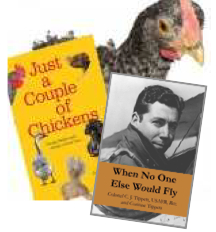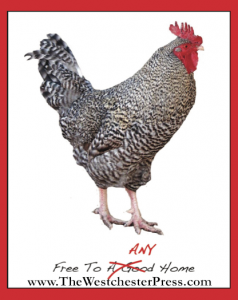
Unlimited numbers of copies of When No One Else Would Fly, by Corinne Tippett are available on Amazon.com… and if it says out of stock, just check back the next day.
There’s a new aviation pioneering biography in town, and it’s really good. Worth ordering on Amazon.com!
And when you order, you can get the book in about three days! Which is quite incredible considering everything going on in the background.
It is a symphony of electronic publishing, distribution, and delivery that has changed hugely in just the last three years – since I published my first good book, titled Just A Couple Of Chickens.
One reason the book has recently been going in and out of stock – although never out of stock for more than 48 hours – is because I am mucking about with the cover.
One reason I am mucking about with the cover is that this Print On Demand super-fast-mega-cool print system has a small amount of fluctuation in the cover placement on the book. It’s less than a quarter of an inch, but that can mean a line gets out of place, or a forehead gets stretched.
It all started with my correction to the back matter on the book. I wanted to say that Tip piloted more than ninety-eight different aircraft models, (instead of types of aircraft) and when I made that change, things started to color outside the lines in very minor ways.
The overall print quality, however, is way way way better than it was three years ago. My latest stack of author copies had NO flaws…and three years ago, it was 2 in 10.
My book does not sit in a warehouse, or garage, waiting for orders. It exists as an electronic file within Amazon’s extensive distribution network and when you order a copy, it prints at the nearest facility near you, and ships out fast.
There is no waste. No stacks of remaindered books going into the landfill or shredder. No trucking heavy books over miles of interstate. No packing material wrapping pallets of books in cardboard, binding, plastic, and more cardboard.
It looks to me like some of the early bugs in the Print On Demand system have been solved, and more. Big changes, big improvements – just in time for a Tip’s big story.
If you go online to get When No One Else Would Fly and it ‘s out of stock, check back the next day.








